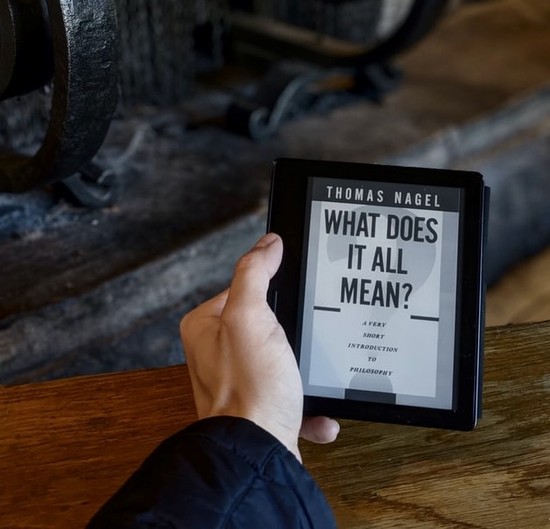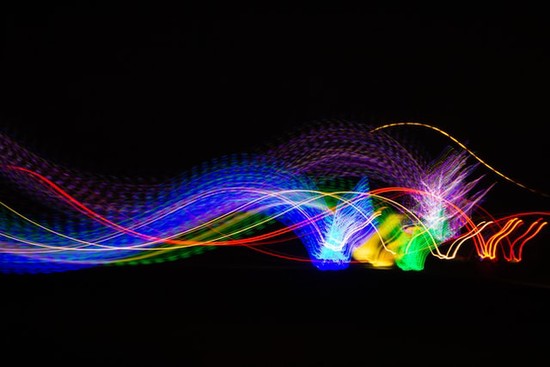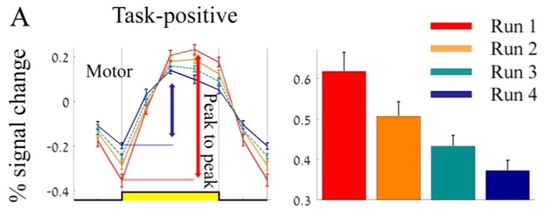Meir Meshulam
Postdoc researcher
Princeton Neuroscience Institute
Hasson lab
Norman lab
email: meshulam (at) princeton.edu
I am fascinated with human learning and with machine learning, which hold so much promise for each other. At Princeton, I develop tools for improving real-world learning using neuroimaging and computational methods. Previously, as a machine learning algorithm developer, I designed data analysis systems inspired by human cognition.
Interests
- Human learning and understanding
- Brain decoding
- Machine Learning & Deep Learning
- Data analysis & Signal Processing
- Semantic Technologies
Education
-
PhD in Neuroscience, 2015
Weizmann Institute of Science
-
MA in Cognitive Science, Specialization in the Study of Rationality, 2009
The Hebrew University of Jerusalem
-
BSc in Cognitive Science & Life Sciences, 2007
The Hebrew University of Jerusalem




